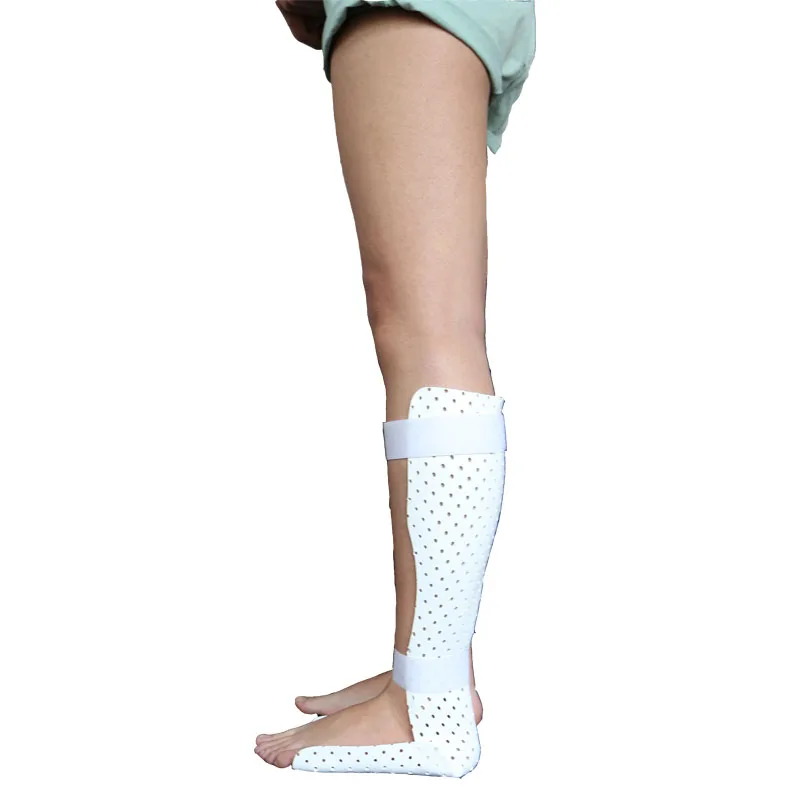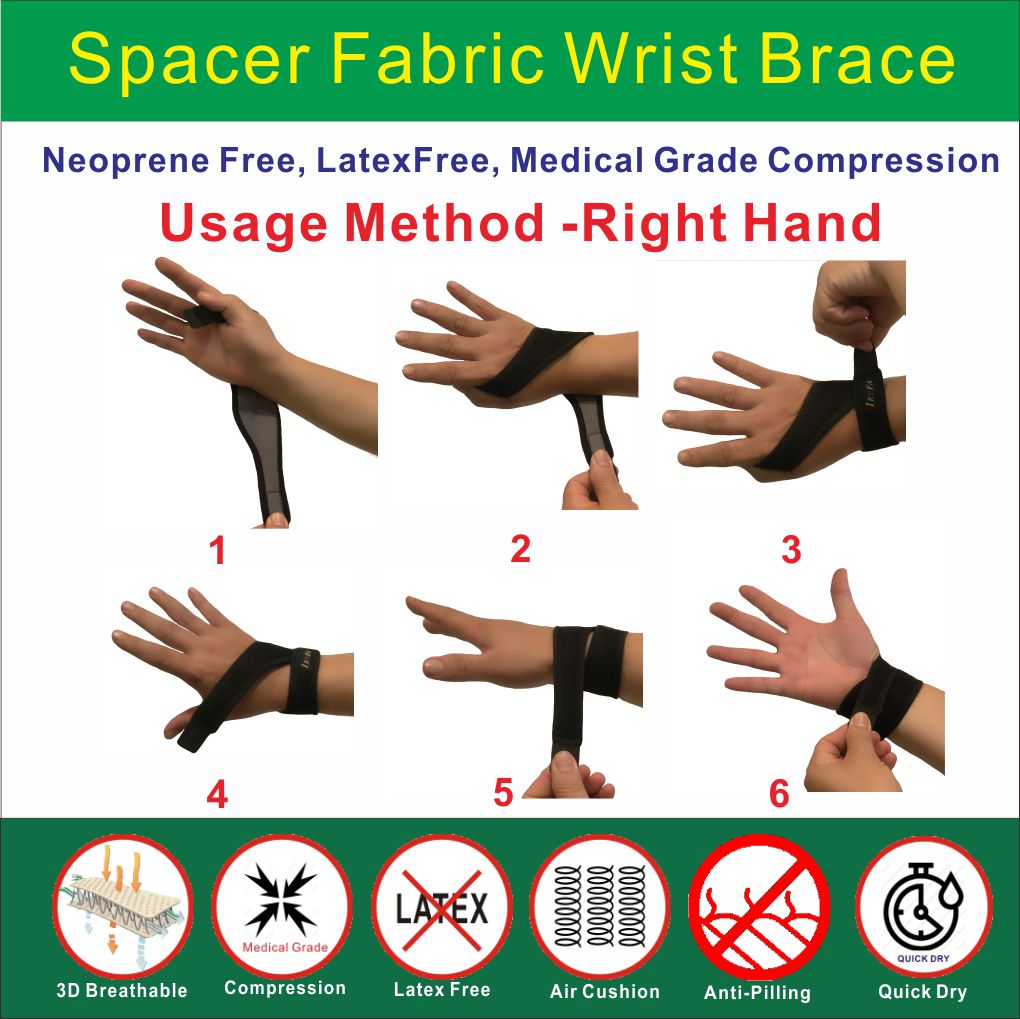

.jpg)
It usually produces pain in the anterior and medial part of the elbow and forearm, numbness and tingling in the hand and fingers and a decrease in sensitivity of the dorso-ulnar area of the hand. Most compression occurs at the level of the elbow near the cubital tunnel. The ulnar nerve supplies innervation to muscles in the forearm and hand. This article highlights the different types of splints and casts that are used in various circumstances and how each is applied.This is the second most frequent neuropathy of the upper limb after carpal tunnel. To provide fracture reduction by open or closed means and maintain fracture reduction by casts, splints, braces, traction, internal or external fixation. The K-wire was removed at 4 weeks and range of motion. Historically the distal pole is most common location in pediatrics due to ossification sequence, however more recently waist fractures have become most common. A K-wire was placed across the radiocapitellar joint, and the patient was placed in a long arm splint. Post reduction management includes a posterior splint with the elbow at 90. If the fracture is stable with no displacement. Fractures with neurovascular injury Fractures with severe associated chest. If the dislocation is not recognized, and only the fracture is treated, it can lead to permanent impairment of elbow joint function. ORIF Monteggia fracture-dislocation (ulnar shaft w/prox radioulnar disloc) Emergent ortho for ORIF Galeazzi fracture (distal radius w/distal ulnar disloc) Emerg. percentage of fractures by scaphoid anatomic location. A fracture of the ulna associated with a dislocation of the top of the radius at the elbow is called a Monteggia fracture. Indications and accurate application techniques vary for each type of splint and cast commonly encountered in a primary care setting. Fracture: Splint: Disposition: Radial head fracture: Nondisplaced Sling and Swathe Splint Displaced Long Arm Posterior Splint or emerg. Selection of a specific cast or splint varies based on the area of the body being treated, and on the acuity and stability of the injury. All patients who are placed in a splint or cast require careful monitoring to ensure proper recovery. Excessive immobilization from continuous use of a cast or splint can lead to chronic pain, joint stiffness, muscle atrophy, or more severe complications (e.g., complex regional pain syndrome). To maximize benefits while minimizing complications, the use of casts and splints is generally limited to the short term. Because of this, casts provide superior immobilization but are less forgiving, have higher complication rates, and are generally reserved for complex and/or definitive fracture management. Fourth and fifth proximal/middle phalangeal shaft fractures and select metacarpal fractures. This quality makes splints ideal for the management of a variety of acute musculoskeletal conditions in which swelling is anticipated, such as acute fractures or sprains, or for initial stabilization of reduced, displaced, or unstable fractures before orthopedic intervention. Splints are noncircumferential immobilizers that accommodate swelling. Named after Abraham Colles, who first described a distal radius fracture in 1814 at the Royal College of Surgeons in Dublin, the Colles fracture is one of the most common fractures encountered in orthopedic practice representing 17.5 (one-sixth) of all adult fractures presenting to the emergency department.12 The Colles fracture is defined as a distal radius fracture with dorsal.

Management of a wide variety of musculoskeletal conditions requires the use of a cast or splint.


 0 kommentar(er)
0 kommentar(er)
